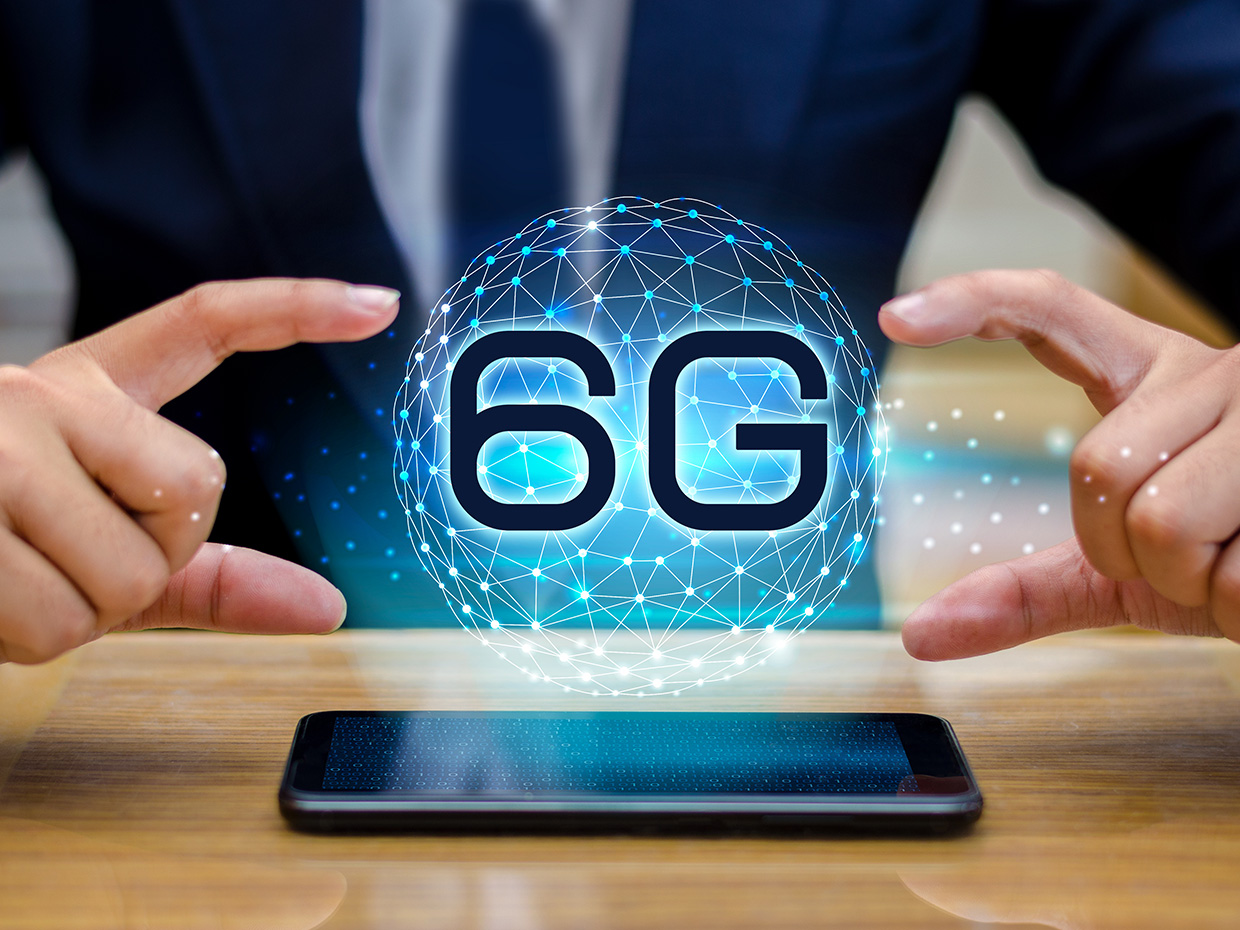It's never too early to think about 6G
- Transfer
Companies have barely begun to deploy 5G networks, and this means that researchers are already thinking about what will happen next

The first thought you had in your head after reading the title was most likely like: “Wait a minute, I thought, we are still waiting for 5G”. And so it is: this year the deployment of 5G has finally begun to gain momentum.
And that's why ComSenTer , an inter-university research project that develops the basics of what 6G might look like, is already turning its attention to the next generation of wireless communications. 5G will use a higher frequency spectrum than previous generations to increase the data rate. And no matter how anyone imagines the approximate shape of 6G, we can expect that this technology will follow a similar path.
“It's not clear what the 6G will be like,” says Sandeep Rangan, director of the wireless department of New York University, one of the institutes participating in ComSenTer. “If 6G or other communication systems really benefit from data transmission at a very, very high frequency, we need to do it today.”
Rangan adds: “It’s premature to say that the options we are considering will definitely become part of 6G,” stressing that basic research is still being conducted.
Yet Mark Rodwell , director of ComSenTer and a professor at the University of California at Santa Barbara, says that ComSenTer is already considering the possibility of several key demonstration projects. The first of these involves building a base station that can cope with a range of frequencies that are expected to become part of the design of a future generation of wireless communications. ComSenTer receiving funding from a consortium of Semiconductor Research Corporationconsisting of such heavyweights as DARPA, IBM, and Intel, concentrates on such frequency variants as 140, 220 and 340 GHz - all this is much higher than 3.4-3.8 GHz, promoted for 5G.
Rodwell thinks of a base station capable of working with a thousand rays at the same time. “These will be four surfaces, each of which will be able to emit 250 rays at a time,” he says. If each beam will provide 10 Gbit / s, then one base station will be able to transmit 10 Tbit / s.
The increase in frequencies increases the requirements for mobile devices. Components of the high-frequency receiver must be packaged closer to each other, which is why there is a risk of overheating. You also need to think about the problem of signal loss. “Loss of packets at such frequencies is quite large,” says Rodwell.
The third serious problem lies in the field of mathematics. “When a signal comes from a certain direction, it is received by all antennas,” says Rodwell. - A large number of rays means processing large amounts of information. All this needs to be dealt with. ”
ComSenTer's areas of interest in many places overlap with technologies and techniques developed for 5G. For example, one of the main problems with millimeter waves can be considered a relatively short distance to which they can be transmitted, and their annoying ability is easily blocked by buildings and even people. Even higher gigahertz frequencies, the work with which ComSenTer specialists will investigate, will face even more serious problems.
And anyway, Ali Niknejad, a professor at the University of California at Berkeley and Assistant Director of ComSenTer, sees a serious potential for improvement hiding in 5G. "When people talk about 5G and you look at a demonstration of their achievements, it is clear that they are all kind of artificial."
The 5G technology has rightly caused a lot of hype due to its applications in areas such as robility and virtual reality. As we noted earlier, it "will allow to achieve previously unavailable accuracy, data transfer speeds and network bandwidth", which "will finally make possible the technologies over which engineers have been fighting for many years." But in the end, the areas of the 5G application remain limited by the approach to data transmission on a single beam. A system designed using hundreds of simultaneous beams — emitted at much higher frequencies — promises a much higher data transfer rate for our community, eager for channel bandwidth.
Of course, you cannot guarantee that 6G will ultimately look like it is being conceived in ComSenTer. Rangan says that it will be important to follow the development of 5G technology in the process of its deployment in order to understand which ideas will take root. But one of the convincing reasons to start research now is that researchers will be able to flexibly adapt to the successes and failures of 5G, creating the next generation wireless data transmission network.
“This is research,” says Niknezhad. - You look to the future, to a very distant future. Research on 5G began more than 10 years ago. If you think about when the 6G technology should appear, then you will see the point in starting today. ”
